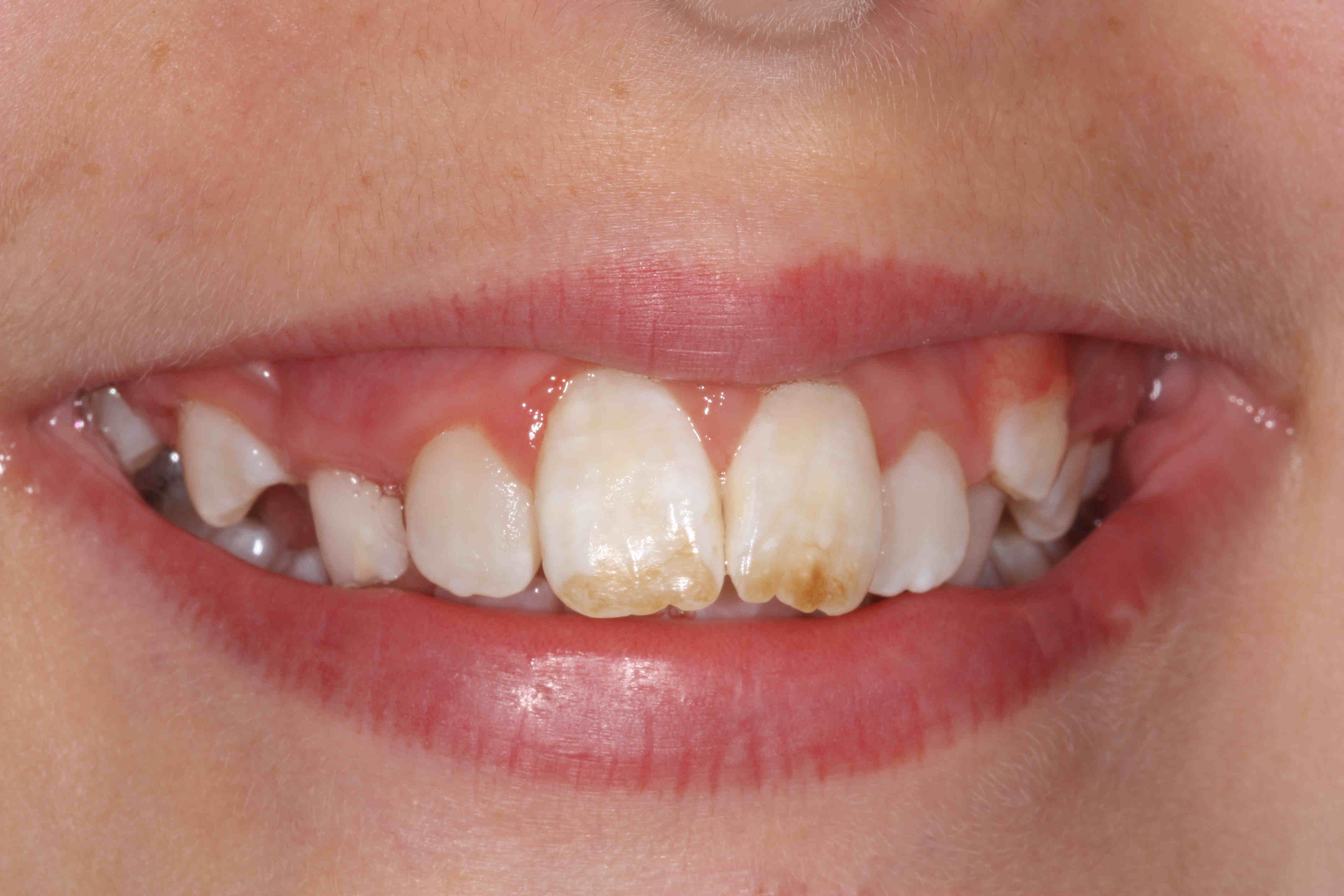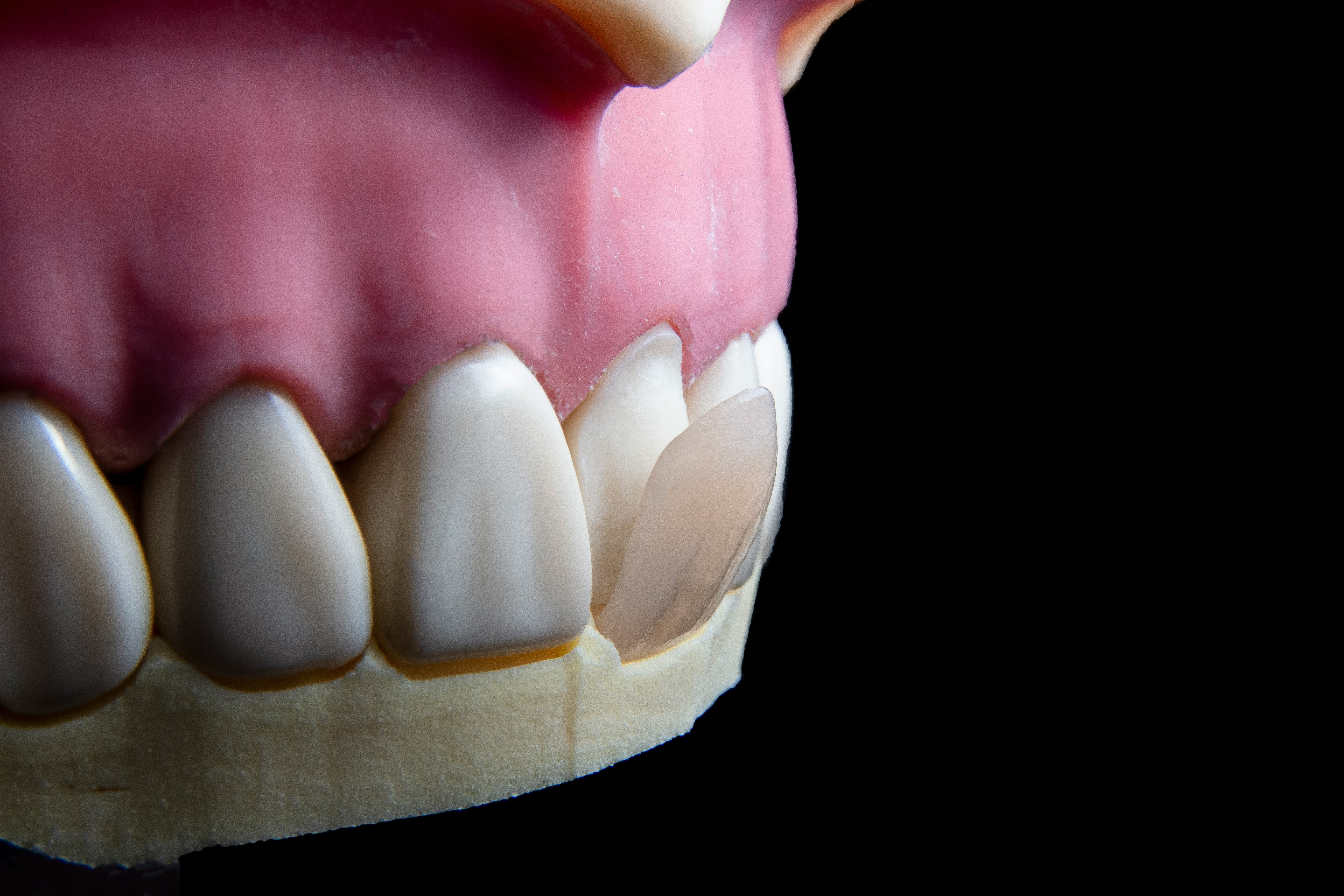At Smyrna Dental Studio, we understand that changes in tooth color can be concerning. Whether you’ve noticed a single darkened tooth or overall discoloration, it’s important to determine the cause and seek professional care. Discoloration can result from stains, trauma, decay, or internal damage, and addressing the issue early can prevent further complications. Let’s explore why teeth darken, when to worry, and how to restore your smile’s natural brilliance.
There are several reasons why a tooth may darken or become discolored:
Extrinsic Stains (Surface Stains)
These stains affect the outer enamel and are caused by external factors such as:
Foods and drinks – Coffee, tea, red wine, berries, and dark sauces.
Tobacco use – Smoking or chewing tobacco can cause deep yellow or brown stains.
Poor oral hygiene – Plaque and tartar buildup can lead to discoloration.
Certain medications – Some antibiotics, such as tetracycline, can cause staining if taken during tooth development.
Intrinsic Stains (Internal Discoloration)
These stains occur inside the tooth and may result from:
Tooth trauma – An injury to the tooth can cause internal bleeding, leading to a grayish or dark color.
Decay and cavities – A dark spot could indicate an untreated cavity or infection.
Old dental work – Metal fillings or deteriorating restorations can contribute to discoloration.
Fluorosis – Overexposure to fluoride during childhood can lead to white or brownish spots.
Aging and Natural Changes
Over time, enamel naturally thins, revealing the darker dentin underneath.
General wear and tear can make teeth appear dull or yellow.
If you notice any of these symptoms, schedule an appointment as soon as possible to prevent further damage.
To keep your teeth bright and healthy:
Brush and floss daily to prevent stains and decay.
Limit stain-causing foods and drinks or use a straw for beverages like coffee or tea.
Quit smoking to avoid tobacco-related discoloration.
Visit your dentist regularly for cleanings and checkups.
Wear a mouthguard if you play sports to prevent trauma-related discoloration.
Darkening or discoloration of the tooth refers to changes in the tooth's natural color, which can range from yellowish or brown stains to gray or black discoloration. This can be caused by external factors (such as food, drinks, and smoking), internal issues (like decay, trauma, or medication), or natural aging. Some discoloration is cosmetic, while others indicate serious dental problems that require professional treatment. If a single tooth suddenly darkens or turns gray, it may be a sign of nerve damage or infection, necessitating immediate dental care.
A darkened or discolored tooth may be more than just a cosmetic issue - it could indicate an underlying problem that needs treatment. At Smyrna Dental Studio, we offer expert solutions to brighten and restore your smile. Book now your free consultation to find the best treatment for your discoloration and maintain a healthy, beautiful smile!












